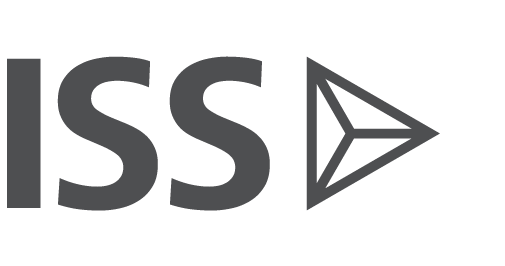
An Investor’s Guide to the Circular Economy
JULY 14, 2022
KEY TAKEAWAYS
- Humanity’s current global consumption patterns would require the resources of 2.3 planet Earths by 2050. Adopting a circular approach in our economic design and planning offers an opportunity to turn this trend around.
- Cost of living concerns are on the rise, and circular economy thinking can combat increasing prices for raw materials. The circular economy focuses on keeping resources at their highest value and reducing waste, meaning companies with a circular business model can provide more value to their customers while using fewer resources.
- This matters for investors – analysis suggests that the more circular a company is, the lower its risk of defaulting on debt, and the higher the risk-adjusted returns of its stock.
- Product circularity is about more than just recycling – the concept needs to be built into the design and planning stage if it is to truly deliver on its potential. Circular business models offer tangible benefits to the management of real-world problems such as climate change, working conditions, and threats to biodiversity.
- The banking sector is actively utilising the concept of circularity in the design of a range of new corporate financing products.
- As the circular economy gains increasing prominence, regulators have a range of different levers they can pull in order to maximise the economic benefits associated with new, more transparent ways of doing business.
- ISS ESG continues to focus on this emerging area of sustainability thinking in our work with investment clients to maximise the positive real-world outcomes associated with their own responsible investment practices.



